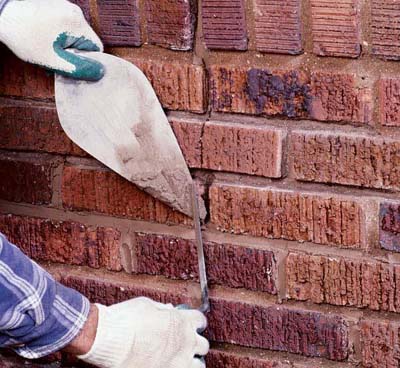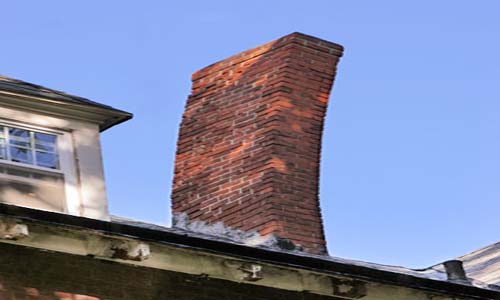Identifying and repairing fireplace mortar cracks
July 8, 2014 in Identifying and repairing fireplace mortar cracks

Cracks in the chimney liner or mortar crown or fireplace (aka firebox):
When
cracks occur, hot gases can
escape into the fireplace chase
or into the home, sometimes
causing carbon monoxide to enter
your house. These gases also may
cause nearby framing members to
ignite. Gas entry and ignition
can be prevented by having your
fireplace inspected for cracks
and faulty liners or mortar.
Clay flue liners are especially
susceptible to cracks so if you
have clay, you definitely need
to have it fully inspected
regularly. This typically
requires your chimney sweep to
place a camera on a string and
run it along the entire interior
of the flue with proper lighting
to get an accurate view. It
will be much cheaper in the long
run to have your annual
inspection than if a house fire
occurs and then insurance
declines to cover the cost due
to your own negligence which
they discover when assessing the
damage and find cracks.
Here are
some DIY steps to identifying
and repairing fireplace mortar
cracks:
-
Clear the area around
the fireplace and chimney
where cracks are identified.
Debris too close to the
fireplace could cause a
fire. Check the flue and
firebox for obstructions
like a clump of leaves,
excess soot that may be
hiding cracks. Brush all
mortar joints to examine
them for broken pieces or
damage.
-
Prepare New Mortar.
Purchase a
mortar package that is
specifically designed for
use in fireplaces and follow
the directions to prepare
your new mortar.
-
Apply Mortar to any visible
cracks. Use a masonry
trowel to fill in any gaps
you see in your brick
joints. Push
the loaded trowel across the
area and push the mortar
into the cracks and fill it
completely. Repeat this as
needed until the cracks are
entirely filled with new
mortar.
-
Remove Excess Mortar.
Use a damp cloth to remove
any excess mortar you
applied.
-
Smooth Mortar
Surface.
Wear safety gloves and
smooth the surface of
the repair with your hands.
Push the mortar more deeply
into the cracks for a tight
seal.
-
Allow 1 to 2 days for
drying completely.
-
Clean Up Debris.
Make sure
your firebox is completely
clear of debris and supplies
prior to starting a new
fire.
Missing
Flue Tile Mortar Joints:
Either the flue
mortar joints were never
installed properly or they have
possibly eroded over time due to
rain water dripping down the
chimney. If
your tile joints have gaps
between them, they need to be
filled with mortar because smoke
can leak out the sides and cause
a fire hazard.
Especially if you notice
black stains around the flue
tile, this is a huge red flag
that a fire could occur because
the chimney is not drafting
properly.
Your sweep can identify and
repair these for you, call them
before using your fireplace
again.



